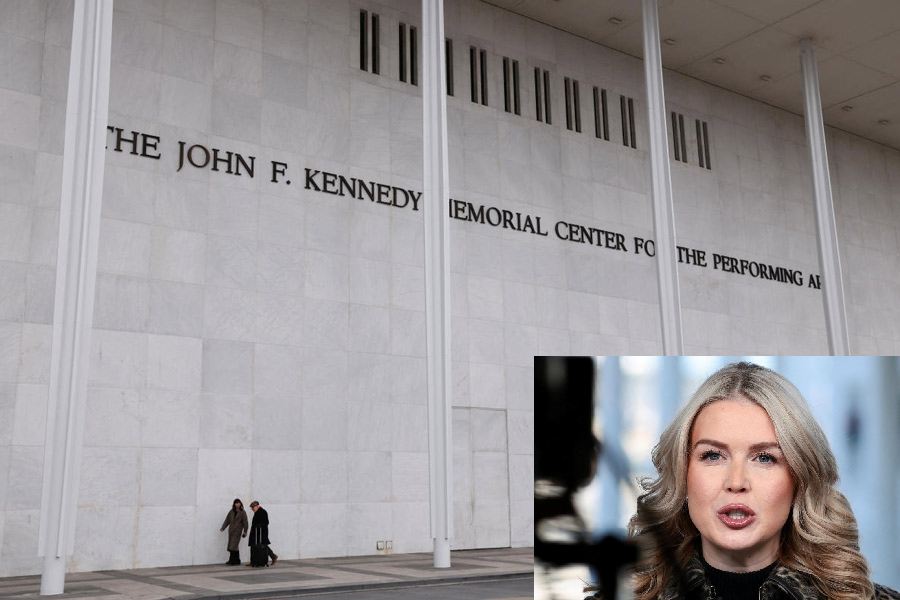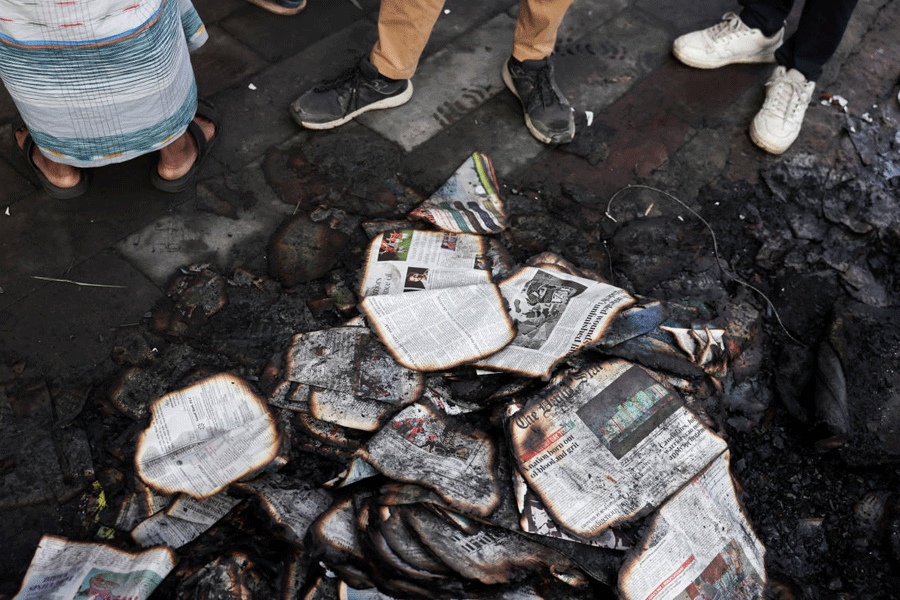Hollywood, March 11: Of the five films competing for the upcoming Best Picture Oscar, only one features scenes shot in Hollywood.
Not the Hollywood with a big white sign on the hill. The one in Florida.
In The Hours, the segments in which Julianne Moore played a psychologically trapped housewife in Los Angeles circa 1951 were actually shot on the palm-lined streets of Broward County, north of Miami.
In fact, not a single frame of the five nominees was shot within 2,000 miles of the show business capital. For that matter, not a full film’s worth of scenes among them was shot in the US.
On the whole, feature film production in Los Angeles has been picking up lately compared with unusually low levels earlier, when studios were burning off stockpiled projects that were shot in anticipation of labour strikes that never materialised. Figures from the Entertainment Industry Development Corp., which administers film permits in Los Angeles, show that shooting days outside of sound stages, a rough measure of activity, have been running nearly double the pace of a year earlier.
But high costs and other considerations mean more of the industry’s top-quality pictures are being filmed elsewhere — a reality underscored by the dearth of locally-shot movies garnering an Oscar nod. Indeed, the last Best Picture nominee to have been filmed in Los Angeles was Erin Brockovich, a 2000 release. And only two films among last year’s honorees, In the Bedroom and the Oscar-winning A Beautiful Mind, were shot in the US.
“While these are high-quality films and Screen Actors Guild members appear in them, we certainly would like to see more of these being filmed on American soil,” said Pamm Fair, SAG’s deputy national executive director, of this year’s nominees.
Paramount Pictures, which co-produced The Hours with Miramax, says it substituted Florida for Los Angeles for artistic reasons: The Sunshine State resembles Southern California of the early 1950s better than the real thing does.
The Academy of Motion Picture Arts and Sciences members have expressed in recent years a clear preference for foreign-flavoured fare, such as The English Patient, Shakespeare in Love and Chocolat, over the kind of films Hollywood churns out, many of which target teenagers to reap the biggest possible box-office openings. The result is that foreign crews are increasingly responsible for high-profile, Oscar-nominated films.
Among this year’s nominees, Chicago bypassed the Windy City for Toronto, except for two days spent by a small crew getting shots of such landmarks as the “El” train and the Chicago Theatre. Canada’s cheap currency and government tax breaks helped keep the musical’s production within a $45 million budget.
“We needed to prove a musical could be made at a cost, and not be perceived as the mega-expensive projects they are usually seen as,” said producer Neil Meron.
The Canadian crews, Meron said, were surrounded by scores of American actors, dancers and senior production workers.
Yet Illinois legislators are citing Chicago’s runaway status in proposing a package of film production incentives. “It’s not so much about bragging rights as about having Chicago made in Chicago,” said that city’s film commissioner, Richard Moskal. “It’s more to do with jobs.”
Another nominee, Gangs of New York, was shot in Italy instead of the Big Apple, except for some modern skyline scenes.
By shooting in Rome, director Martin Scorsese found both the room and budget to build a square-mile-sized replica of 19th century New York. “Cost is always an element,” said Colin Vaines, executive vice-president of European production for Miramax Films, which produced the epic.
Yet Vaines said money wasn’t the overriding concern in the decision to build old New York abroad: The location allowed Scorsese to work with revered Italian production designer Dante Ferretti on Ferretti’s home turf, and fulfilled the director’s yearning to shoot where his idol, the late Italian director Federico Fellini, once worked.
New Line Cinema’s decision to locate Middle Earth in the New Zealand countryside for The Lord of the Rings: The Two Towers was helped along by a number of things. New Zealand is director Peter Jackson’s home country. It also possessed the requisite pristine landscapes and special-effects experts.
But incentives and cheaper costs also played a role. New Line executives said their entire $300 million ``Rings'' trilogy would have cost twice as much if produced in the United States as a major studio picture.
As for Focus Films' ``The Pianist,'' European locations were a logical choice, given that the Holocaust drama is set there. What's more, director Roman Polanski doesn't travel to the United States, having fled the country to Europe in 1978 after pleading guilty to a charge of unlawful sex with a minor.
That left only ``The Hours'' to shoot a significant amount of footage domestically, including the scenes in Florida and others in New York - although the production was centered largely in London.
Such flight isn't likely to end soon. Canada is boosting its government incentives to capture more work, having seen its own once-strong production business eroded by competition from Australia, Ireland, New Zealand, and Eastern Europe.
And although a picture as prestigious as the upcoming ``Seabiscuit'' from Universal, DreamWorks and Spyglass Entertainment might be filming throughout Southern California, as well as at locations in Kentucky and upstate New York, Miramax's big Civil War drama ``Cold Mountain'' - due to hit theaters in December - was mostly shot in Romania.











